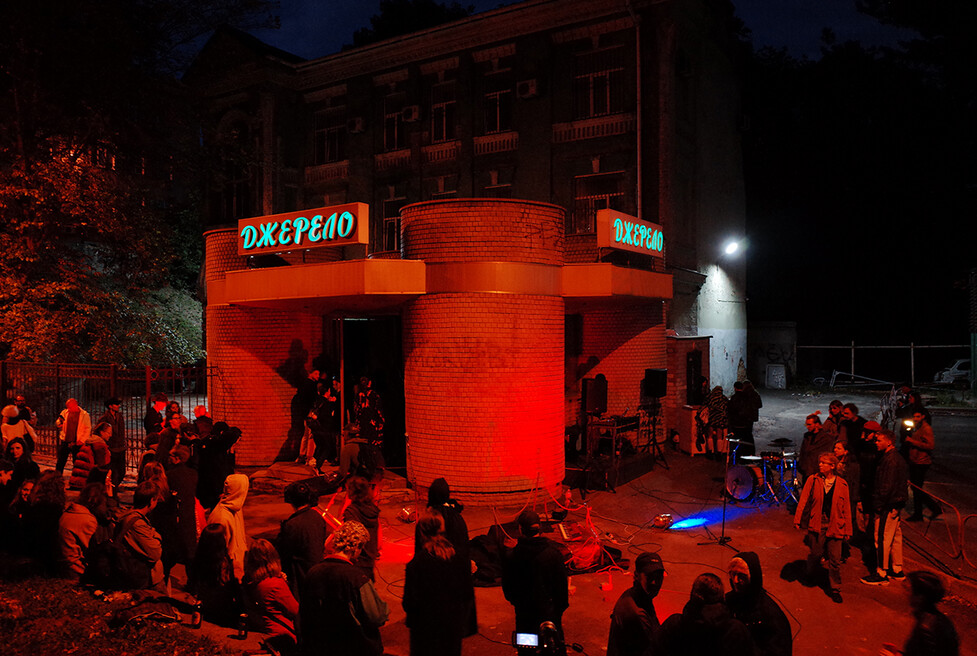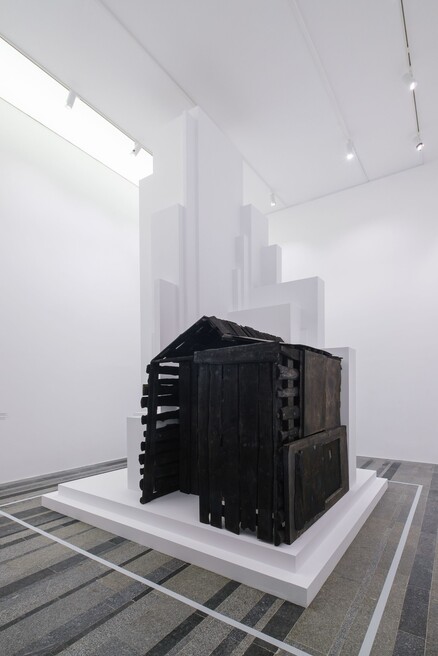Bogdana Kosmina
area: Curator
Key Facts
nationality
Ukrainearea
Curatorresidence
Kyivrecommending institution
tranzit.org / ERSTE Stiftungtime period
March 2024 - April 2024Bogdana Kosmina (born 1990 in Kyiv) . In 2013 graduated from the Kyiv National Academy of Fine Arts and Architecture. From 2015–Master of Architecture ENSA Nantes. Kosmina is an artist, architect and curator living and working between CDMX, Berlin and Kyiv. Co-founder of the Pylorama open collective for urban interventions. In 2017 entered HUDRADA (Artistic committee) curatorial and activist group. Since 2017 started her own multidisciplinary practice to change the perspectives of public spaces architecture.
Significant realized projects by Kosmina are: representation of the Ukrainian pavilion by in-situ installation Piazza Ucrania in Giardini at 59th Venice Biennale, renovation of Dovzhenko Center the largest Ukrainian State Film Archive, collaborations with electronic music scene on public space design such as Closer, Brave Factory, Rhythm Buro, Bassiani. From 2018 cooperate with the urban collective METASITU is devoted to the exploration of new spatial pedagogies. From 2019 is a co-founder and curator of a self-organized exhibition space in a formal postmodernist pavilion Dzherelo (The Source) in Kyiv, dedicated to urban transformations by video-art, performance & experimental music. In 2020 represented The hotel, the sanatorium, the pension and their refugee’s rooms in the Tbilisi Architecture Biennial What Do We Have In Common. At the 18th International Architecture Exhibition Before the Future Kosmina represent the group project March on.
Today, living in a time of constant warlike destruction, I would like to take a look into the future in order to maintain and rebalance the cultural heritage. The Atlas of Traditional Housing Culture from the mid-19th century to the beginning of the 20th century is a project that was to be carried out in the 1960s together with three academies of sciences from Ukraine, Moldova and Belarus. In the 1990s, great efforts were made to continue the Ukrainian part under the direction of the historian, ethnographer and anthropologist Tamara Kosmina and the scientific team. The publication of the atlas was eventually abandoned by the Rylsky Institute for Art Studies, Folklore and Ethnology in Kyiv due to its colossal size. It consists of a series of digital maps, texts and a visual block: axonometries, watercolours and photographs of buildings inside and outside. Each of the thematic maps and visual representations has three time periods: Mid and late 19th century and early and mid 20th century. Overall, the project has been running for over 50 years, with the first presentation to the public taking place at the MuseumsQuartier Wien in 2024. Atlas is the message of the buildings, passed down from generation to generation, about their infinite source of freedom.





